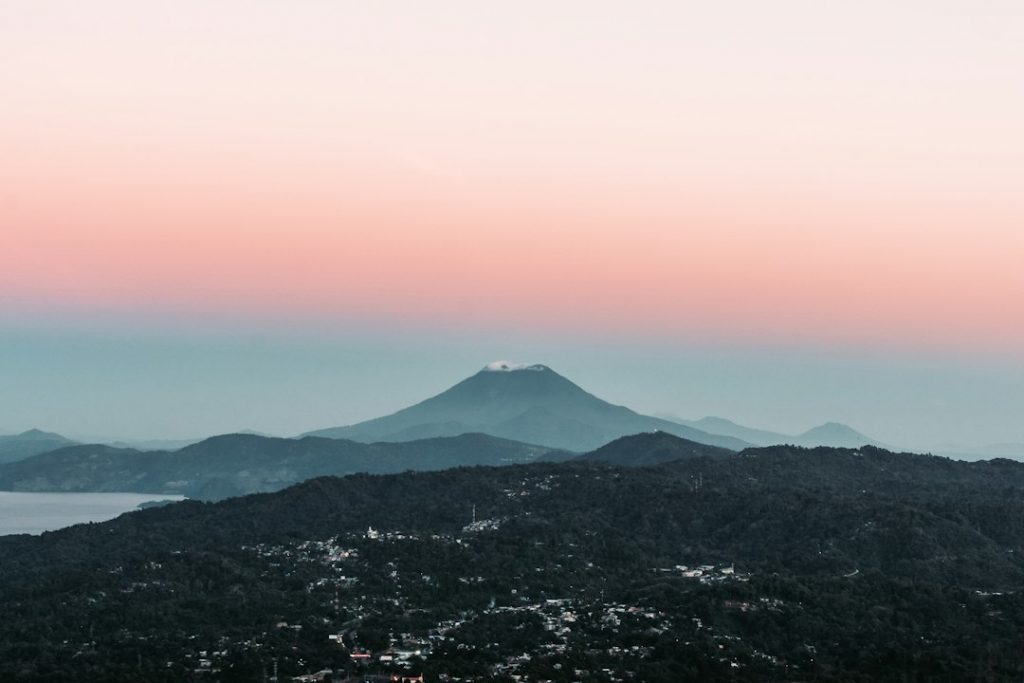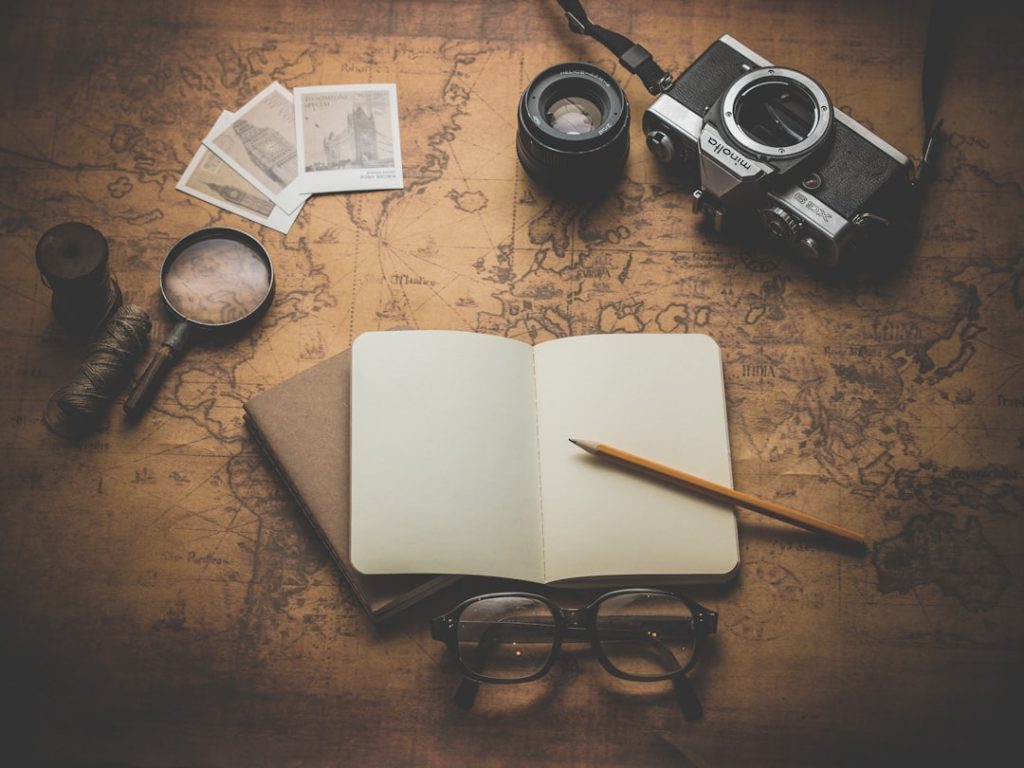El Salvador, a small but vibrant country in Central America, is home to a rich and diverse cultural heritage that is reflected in its numerous historical sites. From ancient Mayan ruins to colonial-era architecture, El Salvador offers visitors a unique opportunity to explore the country’s fascinating history and cultural traditions. The country’s historical sites are not only important for their architectural and archaeological significance, but also for their role in preserving the cultural identity of the Salvadoran people. These sites provide a window into the past, allowing visitors to gain a deeper understanding of the country’s history and the influences that have shaped its culture over the centuries.
El Salvador’s historical sites are also a testament to the resilience of its people, who have overcome numerous challenges throughout their history. Despite periods of conflict and upheaval, the country has managed to preserve and protect its cultural heritage, ensuring that future generations can continue to learn from and appreciate its historical sites. Whether you are interested in ancient civilizations, colonial history, or natural beauty, El Salvador’s cultural and historical sites offer something for everyone. From the Mayan ruins of Tazumal to the colonial architecture of San Salvador, there is no shortage of fascinating places to explore in this captivating country.
Summary
- El Salvador is home to a rich cultural and historical heritage, with a variety of sites to explore.
- The Mayan ruins of Tazumal offer a fascinating glimpse into the ancient civilization’s architecture and daily life.
- The San Salvador Cathedral is a stunning example of colonial architecture and an important religious site in the country.
- The Joya de Cerén Archaeological Site provides a unique insight into the daily lives of the ancient Mayan people, preserved by volcanic ash.
- The National Palace of El Salvador is a grand building with a rich history, serving as the seat of the country’s government.
The Mayan Ruins of Tazumal
The Mayan ruins of Tazumal are one of El Salvador’s most important archaeological sites, offering visitors a glimpse into the ancient civilization that once thrived in the region. Located in the town of Chalchuapa, the ruins date back to around 100-1200 AD and are believed to have been an important ceremonial and political center for the Mayan people. The site features several well-preserved structures, including pyramids, temples, and residential areas, providing valuable insights into Mayan architecture and daily life.
Visitors to Tazumal can explore the various structures and learn about the history and significance of the site through informative signage and guided tours. The site also features a small museum that displays artifacts found at the site, including pottery, tools, and religious objects, offering further insight into the culture and customs of the ancient Mayan people. The Mayan ruins of Tazumal are not only a fascinating historical site but also a testament to the ingenuity and creativity of the Mayan civilization, making it a must-visit destination for anyone interested in ancient history and archaeology.
The San Salvador Cathedral
The San Salvador Cathedral, also known as the Metropolitan Cathedral of the Holy Saviour, is a stunning example of colonial-era architecture and one of the most important religious sites in El Salvador. Located in the heart of San Salvador, the cathedral was originally built in the late 19th century and has undergone several renovations and reconstructions over the years. The cathedral’s impressive facade features a mix of architectural styles, including neoclassical and baroque elements, while its interior is adorned with ornate decorations, religious artwork, and beautiful stained glass windows.
Visitors to the San Salvador Cathedral can admire its grandeur and learn about its history through guided tours or by attending a religious service. The cathedral also houses a small museum that displays religious artifacts and historical documents related to its construction and significance. In addition to its architectural and historical importance, the cathedral is also a place of spiritual significance for many Salvadorans, making it an important cultural and religious landmark in the country. Whether you are interested in architecture, history, or religious traditions, a visit to the San Salvador Cathedral is sure to leave a lasting impression.
The Joya de Cerén Archaeological Site
The Joya de Cerén Archaeological Site is often referred to as the “Pompeii of the Americas” due to its remarkable preservation of ancient Mayan village life. Located near San Juan Opico, the site was buried under volcanic ash around 600 AD during the eruption of the Loma Caldera volcano, which ultimately led to its exceptional preservation. Excavations at Joya de Cerén have revealed a complex of residential structures, communal buildings, and agricultural fields, providing valuable insights into the daily life and customs of the ancient Mayan people.
Visitors to Joya de Cerén can explore the site’s well-preserved structures and learn about its history through informative signage and guided tours. The site also features a visitor center with exhibits that showcase artifacts found at the site, including pottery, tools, and household items, offering a fascinating glimpse into ancient Mayan culture. The Joya de Cerén Archaeological Site is not only an important historical site but also a UNESCO World Heritage Site, making it a must-visit destination for anyone interested in archaeology and ancient civilizations.
The National Palace of El Salvador
The National Palace of El Salvador is an iconic landmark in the capital city of San Salvador and an important symbol of the country’s political and historical heritage. Built in the early 20th century, the palace features an impressive neoclassical facade adorned with ornate columns, statues, and decorative elements that reflect its significance as a seat of government. The interior of the palace is equally grand, with opulent halls, marble staircases, and intricate murals that depict key moments in El Salvador’s history.
Visitors to the National Palace can take guided tours to explore its various rooms and learn about its history, architecture, and political significance. The palace also houses several important government offices and legislative chambers, making it an active hub of political activity in El Salvador. In addition to its political importance, the National Palace is also a cultural landmark that hosts events, exhibitions, and public gatherings, making it an integral part of San Salvador’s social fabric. Whether you are interested in politics, history, or architecture, a visit to the National Palace offers a unique opportunity to immerse yourself in El Salvador’s rich cultural heritage.
The El Boquerón National Park
The El Boquerón National Park is a natural wonder located just outside of San Salvador, offering visitors a chance to explore the country’s diverse landscapes and ecological treasures. The park is centered around the massive crater of the San Salvador Volcano, which last erupted in 1917 and now forms a stunning natural amphitheatre that is surrounded by lush forests and diverse wildlife. Visitors can hike along scenic trails that lead to panoramic viewpoints overlooking the crater or explore the park’s dense forests, home to a variety of plant and animal species.
In addition to its natural beauty, El Boquerón National Park also offers opportunities for outdoor activities such as birdwatching, picnicking, and camping, making it a popular destination for nature enthusiasts and adventure seekers. The park also features a visitor center with exhibits on local flora and fauna as well as information on the geology and history of the volcano. Whether you are interested in hiking, nature photography, or simply enjoying the tranquility of nature, a visit to El Boquerón National Park is sure to leave you with lasting memories of El Salvador’s natural beauty.
The Ruta de las Flores
The Ruta de las Flores, or “Route of Flowers,” is a picturesque region in western El Salvador known for its stunning natural landscapes, charming colonial towns, and vibrant floral displays. The route winds through several quaint villages such as Juayúa, Apaneca, Ataco, and Concepción de Ataco, each offering their own unique attractions and cultural experiences. Visitors can stroll through cobblestone streets lined with colourful murals and colonial-era buildings or browse local markets selling handicrafts, coffee, and fresh produce.
In addition to its cultural charm, the Ruta de las Flores is also known for its stunning natural beauty, with lush coffee plantations, cloud forests, and cascading waterfalls dotting the landscape. Visitors can explore hiking trails that lead to scenic viewpoints or take part in outdoor activities such as zip-lining or horseback riding. The route is also famous for its annual flower festival held in November when the region bursts into bloom with vibrant displays of flowers and floral arrangements. Whether you are interested in cultural immersion or outdoor adventure, the Ruta de las Flores offers a unique opportunity to experience the beauty and charm of rural El Salvador.
FAQs
What are some important cultural landmarks in El Salvador?
Some important cultural landmarks in El Salvador include the Joya de Cerén archaeological site, which is a UNESCO World Heritage site, and the San Salvador Cathedral, which is a significant religious and historical site.
What are some historical sites in El Salvador?
Some historical sites in El Salvador include the San Andrés archaeological site, which was once a major pre-Columbian city, and the National Palace in San Salvador, which is a historic government building.
Are there any UNESCO World Heritage sites in El Salvador?
Yes, El Salvador is home to one UNESCO World Heritage site, the Joya de Cerén archaeological site, which is known as the “Pompeii of the Americas” due to its well-preserved ancient ruins.
What is the significance of the Joya de Cerén archaeological site?
The Joya de Cerén archaeological site is significant because it provides a unique glimpse into the daily lives of the ancient Maya people, as it was preserved by a volcanic eruption in the 6th century AD.
What is the San Salvador Cathedral known for?
The San Salvador Cathedral, also known as the Metropolitan Cathedral of the Holy Savior, is known for its stunning architecture and its historical significance as the main church of San Salvador.
What can visitors expect to see at the San Andrés archaeological site?
Visitors to the San Andrés archaeological site can expect to see the remains of a pre-Columbian city, including ancient pyramids, residential areas, and ceremonial structures.


